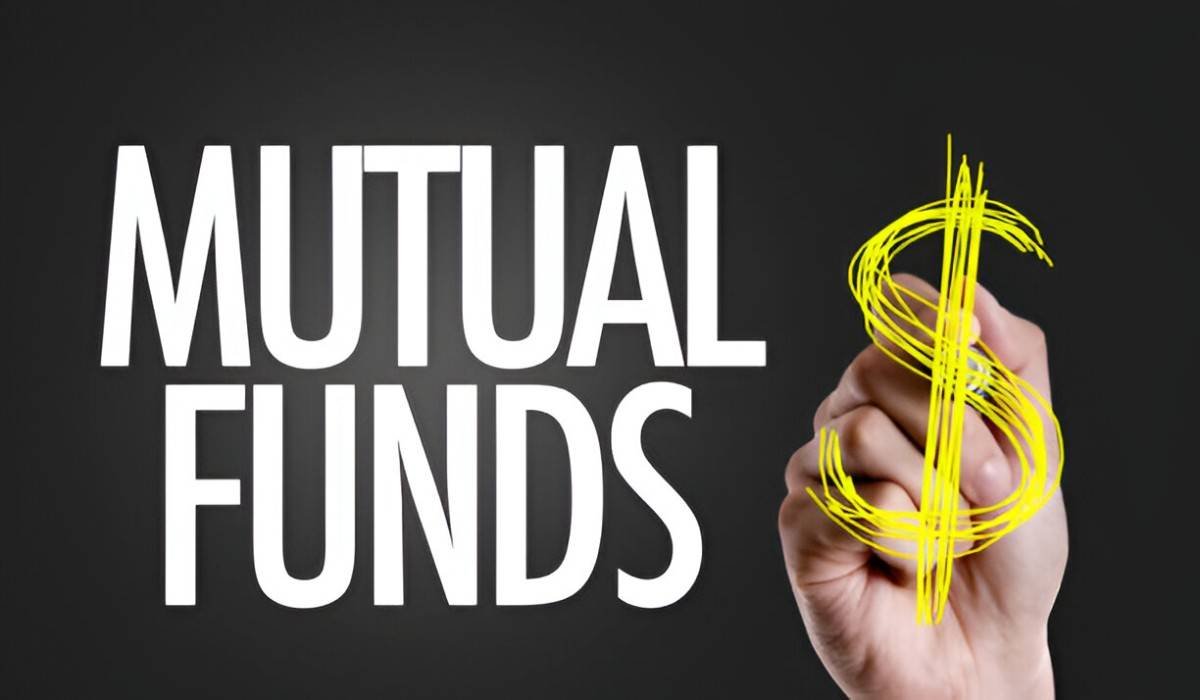If you work in education or at a non-profit, your 403(b) retirement plan likely includes something called a 403(b)(7) custodial account option. As someone who’s helped hundreds of teachers and non-profit employees navigate these plans, I’ll explain exactly how these accounts work with no-load mutual funds and how to use them effectively for retirement.
Table of Contents
Understanding the 403(b)(7) Structure
What Makes 403(b)(7) Accounts Different
- Custodial accounts held at mutual fund companies/brokerages (not insurance companies)
- Exclusive use of mutual funds (no annuities)
- Must be no-load funds (no sales charges)
- Individual ownership (not group annuity contracts)
Key advantage: Typically lower fees than insurance-based 403(b) options
No-Load Mutual Funds Explained
Characteristics of True No-Load Funds
- No sales charges (front-end or back-end)
- No surrender periods (unlike annuity contracts)
- Lower expense ratios than loaded funds
- Direct purchase from fund companies
Example: Vanguard’s 403(b)(7) options often have expense ratios under 0.10%
Fee Comparison: 403(b)(7) vs. Traditional 403(b)
| Fee Type | 403(b)(7) Custodial | Traditional 403(b) |
|---|---|---|
| Sales Load | None | Often 3-6% |
| Expense Ratio | 0.05-0.50% | 0.50-1.50%+ |
| Contract Fees | None | $30-50/year |
| Surrender Charges | None | 5-10% (first 7-10 years) |
How to Identify the Best No-Load Funds
The 3-Filter Selection Process
- Verify no-load status (look for “NL” or “no-load” in prospectus)
- Check expense ratios (<0.20% ideal for index funds)
- Review performance (consistent tracking of benchmark)
Top No-Load Fund Categories for 403(b)(7)
- Total Market Index Funds (e.g., VTSAX, FSKAX)
- S&P 500 Index Funds (e.g., VFIAX, FXAIX)
- Bond Index Funds (e.g., VBTLX, FXNAX)
- International Index Funds (e.g., VTIAX, FTIHX)
Setting Up Your 403(b)(7) Account
Step-by-Step Process
- Confirm eligibility with HR (must be employee of qualifying organization)
- Select a provider (Vanguard, Fidelity, and TIAA are common)
- Complete custodial agreement
- Set up payroll deductions
- Allocate contributions to chosen no-load funds
Important: Unlike 401(k)s, you typically choose the provider yourself in 403(b) plans
Common Pitfalls to Avoid
- Confusing no-load with low-fee (a fund can be no-load but still have high expenses)
- Overlooking R6 share classes (institutional shares with lowest fees)
- Ignoring the brokerage window (some 403(b)(7) plans allow ETF purchases)
- Neglecting to rebalance (annually adjust your allocations)
Sample Portfolio Allocation
For a 40-year-old teacher with moderate risk tolerance:
| Fund | Type | Allocation | Expense Ratio |
|---|---|---|---|
| Vanguard Institutional Index (VINIX) | S&P 500 | 50% | 0.035% |
| Vanguard Total International (VTPSX) | International | 20% | 0.07% |
| Vanguard Mid-Cap Index (VMCPX) | Mid-cap | 10% | 0.03% |
| Vanguard Small-Cap Index (VSCPX) | Small-cap | 10% | 0.03% |
| Vanguard Total Bond (VBMPX) | Bonds | 10% | 0.03% |
Total portfolio expense ratio: 0.038%
Maximizing Your 403(b)(7) Benefits
Contribution Strategies
- 2024 limit: $23,000 ($30,500 if 50+)
- 15-year rule for certain non-profits: Allows extra catch-up contributions
- Coordinating with 457(b) plans: Can double tax-deferred savings
Tax Advantages
- Traditional 403(b)(7): Tax-deferred growth
- Roth option: Available if plan offers it (tax-free withdrawals)
- State tax benefits: Many states exempt 403(b) contributions from taxation
When to Consider Alternatives
While 403(b)(7) custodial accounts are excellent for most, consider:
- 457(b) plans if available (separate contribution limits)
- IRA contributions after maxing employer plan
- Taxable investing only after exhausting all tax-advantaged space
Action Plan: Next Steps
- Request fund list from your 403(b)(7) provider
- Audit expense ratios of current investments
- Rebalance to optimal no-load index fund mix
- Increase contributions by 1% annually
- Review beneficiary designations (especially after life changes)
By focusing on low-cost, no-load mutual funds in your 403(b)(7) custodial account, you’ll keep more of your hard-earned money working for you rather than going to fees. This approach, combined with consistent contributions and proper asset allocation, can help build substantial retirement savings for educators and non-profit employees.





